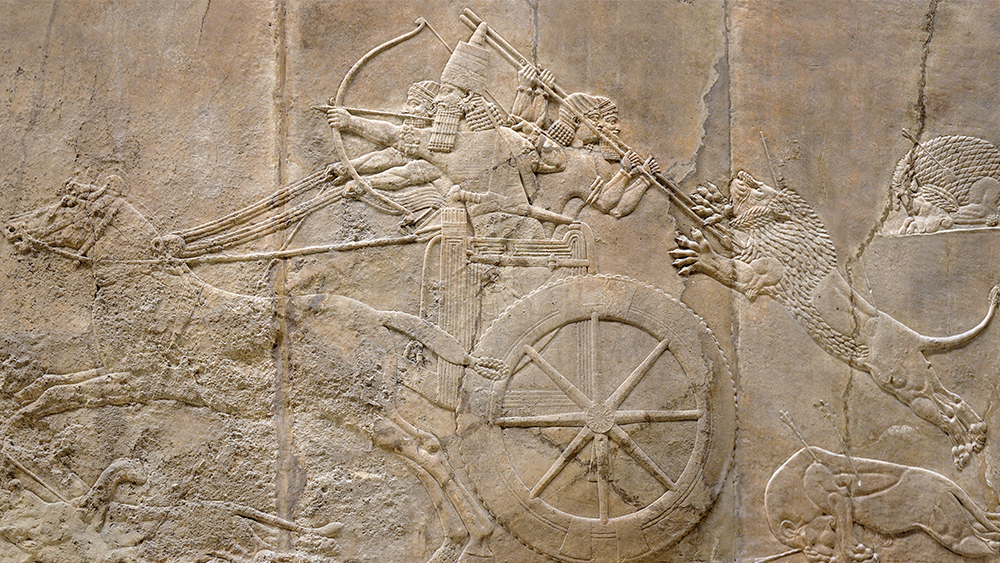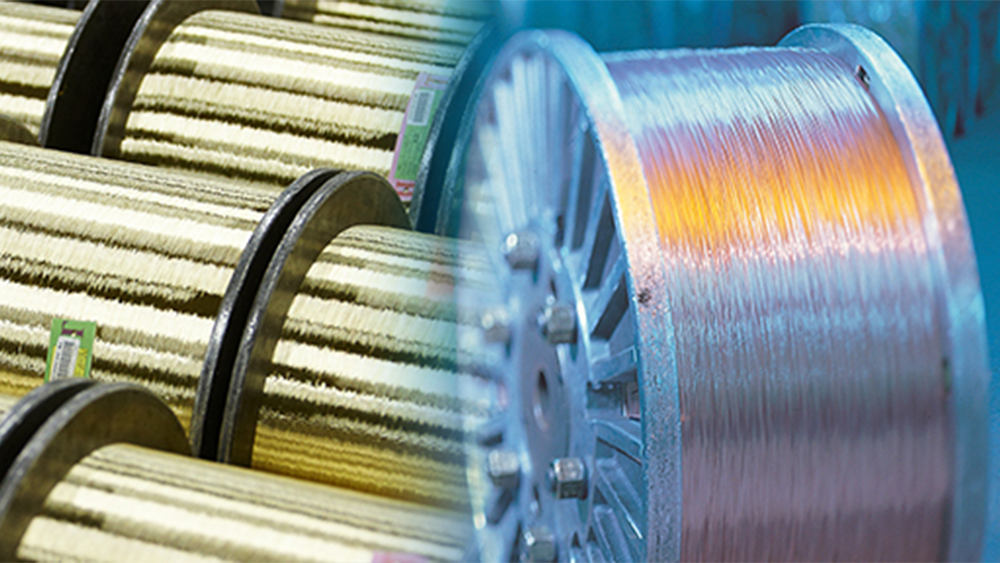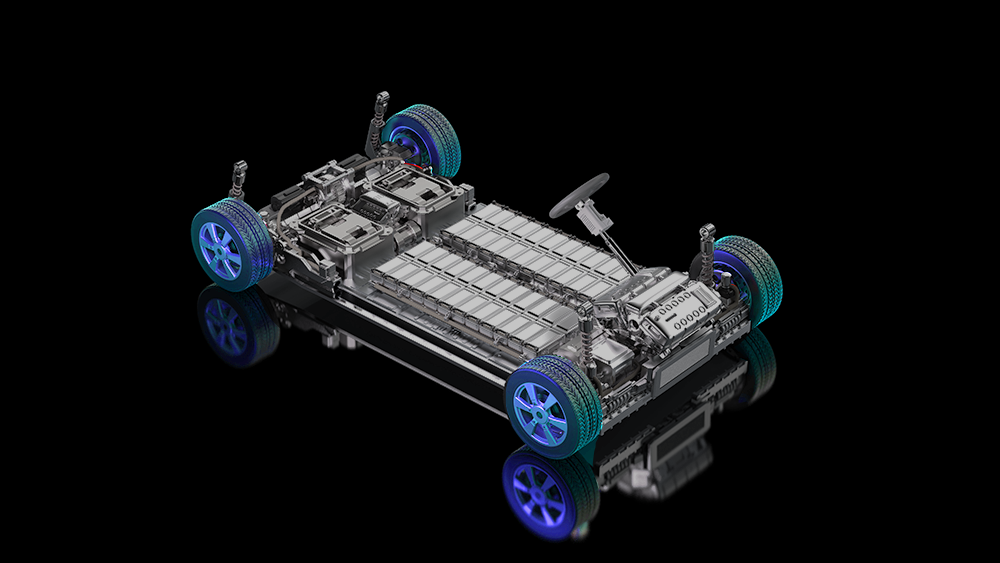Brand Journalism
Brand Journalism
2023-04-10
Ices, EVS, Autonomous Vehicles: They All Need Tires! (Part 1)
All roads lead to Rome.
Indeed, when traveling in Europe, you are likely to find yourself on the vast network of Roman roads that stretches from the city throughout the continent. The Roman roads stand as a testament to the remarkable engineering expertise of ancient Romans and the immense hard work required in construction. Time has not diminished the impressive legacy of the Roman roads which served as fast and convenient routes for the Roman army and transportation of goods and resource. What is noteworthy is that the establishment of the Roman roads were driven by the wheel.
With its circular frame rotating on an axis, the wheel revolutionized transportation by making it easier and faster to move people and transport heavy objects. But when did humanity first invent the wheel, which is hailed as one of the major inventions in history? By exploring the history of the wheel and the significance of Hyosung Advanced Material’s tire reinforcements, we can gain clearer insight into the present and future of tires.
The World’s First Wheel
While the exact date of the invention of the first wheel remains unknown, it is believed that disc-shaped logs were used as rollers since around 5000 BC. Depictions of chariots with wheels can be found in wall paintings from around 2500 BC in Mesopotamian Sumerian culture. The disc-shaped log was the first wheel in history, followed by the invention of the spoked wheel around 2000 BC, which is the wheel shape we know today.
The evolution of wheel is closely tied to the evolution of warfare. Adding wheels to the chariot, the first mobile weapons platform, made it possible to move and fight simultaneously. The invention of wheeled carts was sparked by the use of heavy cannons.
Wheels made of wood or iron have gradually evolved into more durable and stable forms. In 1865, R.W. Thompson ushered in the era of tires when he developed the solid tire, a metal wheel with rubber attached to it.

John Boyd Dunlop invented the air-filled bicycle tire in 1888, which led to the development of air-filled tires used today. These tires are filled with water and then inflated with air to absorb shock and provide a smoother and more pleasant ride.
In 1895, the Michelin brothers invented air pressure tires for automobiles with separable and replaceable tubes. The tube-type air pressure tires allow for a more comfortable ride by absorbing shocks better than solid rubber and better fuel efficiency thanks to their light weight.
While air pressure tires are durable and suitable for poor road conditions, they are difficult to replace. On top of that, punctures during high-speed driving can cause air to escape quickly, leading to serious accidents.
To improve tire safety and performance, the tire industry has developed stronger and more robust tires with steel tire beads that hold the tire to the rim, while using rayon cords to make new tires with enhanced performance.
The tire industry is constantly developing new materials for even safer and higher-performing tires. The development of advanced materials for tires enhances tire performance, which underscores the significance of R&D efforts by Hyosung Advanced Materials, the global leader in tire reinforcement materials.
Hyosung Advanced Materials, A Global Leader in Tire Reinforcements
High-strength tire reinforcements inside the tire serve as its skeleton. Without these materials, the tire would not be able to withstand the weight of the car nor maintain a stable shape. In addition, shock absorption and driving performance would be diminished. In fact, imagine driving on an unpaved road with no tire reinforcements in the tires of our cars, buses, and taxis. It would be an uncomfortable and bumpy ride.
Various parts made of different materials are used to produce tire reinforcements for improved vehicle safety, ride quality, handling, cornering, noise, and driving performance on the road. Hyosung Advanced Materials employs innovative technology and reliable production capabilities to produce a variety of tire reinforcements, playing an important role in the mobility industry.
Steel Cord: The Indispensable Material for Tire Manufacturing
The steel material used in tire reinforcements is called steel cord, which is made by twisting thin wires into a layered structure. Steel cords protect the tire reinforcements and absorb shocks from the road. It plays other critical roles, such as improving the vehicle's driving performance, maintaining tire pressure, and supporting the car's weight. These indispensable qualities highlight the importance of steel cords in tires.

The significant role of steel cords means it must maintain high quality. In particular, it should have excellent resistance to internal wear to ensure tire durability even after long drives. Hyosung Advanced Materials’ steel cords boast high quality, preventing the weakening of the connection between steel cords and rubber due to external factors such as long-distance or high-speed driving, heavy loads, and low tire pressure, and minimizing the risk of separation.
Steel cords must also meet various qualifications, such as having high rigidity to minimize tire deformation. Hyosung Advanced Materials produces steel cords that satisfy these diverse and stringent requirements and supplies them to leading global tire companies.
Bead wire is another essential tire reinforcement made of steel, composed of multiple strands of steel wire that are twisted together. Bead wire is responsible for securing the tire to the wheel, as well as maintaining air pressure inside the tire. Hyosung Advanced Materials produces and supplies steel cords, bead wire and other various steel tire reinforcements which are all essential for tire safety and driving. Its work is reinforcing its position as a global innovator in tire reinforcement technology.
Hyosung High-Strength Steel Cords Embrace Eco-Friendly Trend
Recently, environmentally friendly tires with low fuel consumption and high durability have gained much attention in the market. Higher durability prolongs the lifespan of tires and reduces waste, while lighter tires can decrease the overall weight of the vehicle, improving fuel efficiency.
For electric vehicles, more durable and lighter tires are needed to withstand the increased weight of the battery unit and improve fuel efficiency.
In 1999, Hyosung Advanced Materials developed NT (Normal Tensile, 2850 MPa), HT (High Tensile, 3300 MPa), and ST (Super Tensile, 3650 MPa) steel cords which offer good fuel efficiency. In 2006, it introduced UT (Ultra Tensile, 4000 MPa) high-strength steel cords to the market.
Hyosung's high-strength steel cords can reduce the amount of steel cords and rubber required for tire production, without sacrificing tire performance. In other words, it can help reduce CO2 footprint and mitigate air pollution by reducing tire weight and improving fuel efficiency while maintaining durability.

Hyosung Advance Materials Leads the Way in Advancing Steel Cords
In a bid to further enhance the durability of steel cords, Hyosung Advanced Materials is developing stronger filaments and experimenting with different twisting directions and lengths for steel cords to reduce wear and tear caused by long-term use. Development of a hybrid cord that combines iron and fiber is also underway.
To improve the adhesion durability between the steel cord and rubber, Hyosung Advanced Materials is developing a new coating method that does not compromise adhesive strength. In parallel, it is exploring and employing technologies to minimize steel cords’ contact with moisture or air by improving rubber penetration.
Hyosung Advanced Materials' research efforts to improve steel cords have no limits. It produces a wide variety of tire reinforcing materials, including steel cords, bead wires, and even fiber tire cords, all of which have improved driver safety around the world. Through continuous R&D of materials, including steel cords, Hyosung Advanced Materials is solidifying its position as a leader in the global tire reinforcements market.
Along with steel cords, tirecords made of fibers are another innovative tire reinforcement created by Hyosung Advanced Materials. This material will be discussed in detail in the next article.